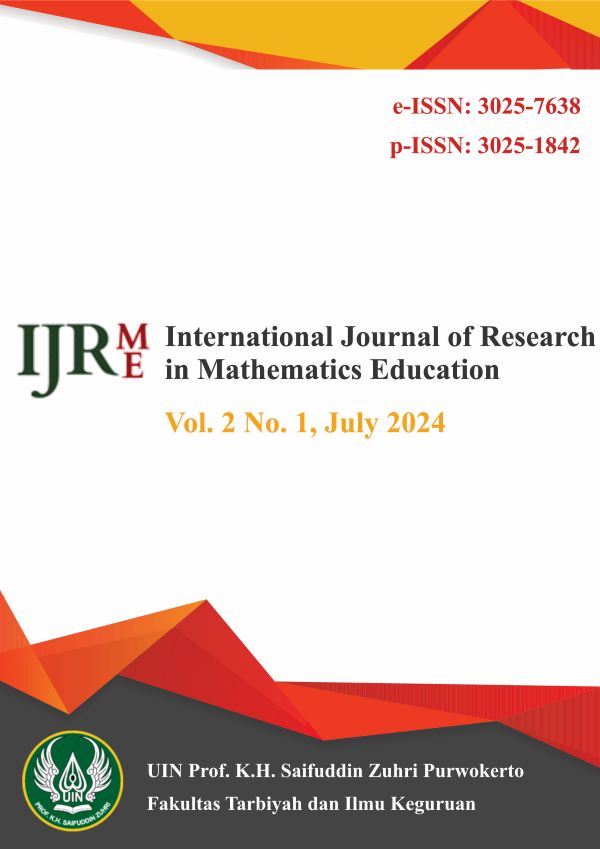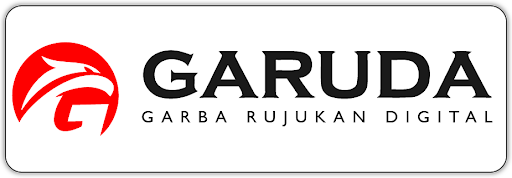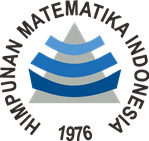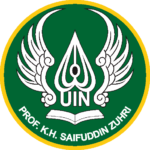The Effect of Self-Esteem and Self-Control on The Mathematical Creative Thinking Ability Student of SMP Negeri 4 Purwokerto
DOI:
https://doi.org/10.24090/ijrme.v2i1.8862Keywords:
Mathematical Creative Thinking Ability;, Self Esteem;, Self ControlAbstract
This study aims to determine whether there is an influence collectively or individually between self esteem and self control variables on the mathematical creative thinking ability of class IX at SMP N 4 Purwokerto. The type of research used is quantitative research with survey methods. The population in this study were all 279 students in class IX at SMP Negeri 4 Purwokerto. Samples were obtained as many as 165 students based on the Slovin formula, which were taken using simple random sampling technique. Data collection was carried out through tests of mathematical creative thinking abilities and self esteem and self control questionnaires. Data analysis techniques were performed using simple linear regression and multiple linear regression, as well as statistical t tests and statistical F tests. The results of this study were 1) there was the influence of self esteem on mathematical creative thinking skills of class IX students of SMP Negeri 4 Purwokerto. This is shown based on the calculated t value of (2.937) > t table (1.974), with the regression equation = 6,173 + 0,846X1. 2) there was the influence of self control on mathematical creative thinking skills of class IX students of SMP Negeri 4 Purwokerto which is shown based on the value of t count (4.234) > t table (1.974), with the regression equation = 4,518 + 0,891X2. 3) there is the influence of self esteem and self control simultaneously on the ability to think creatively mathematically in class IX students of SMP Negeri 4 Purwokerto, with the acquisition of Fcount (54.037) > Ftable (3.051). The magnitude of the influence is determined by the value of the coefficient of multiple determination, which is 40%, meaning that 60% of students' mathematical creative thinking ability is influenced or determined by other factors. The multiple regression equation that is formed is = -2,872 + 0,403X1 + 0,583X2, meaning that between the variables self esteem and self control on students mathematical creative thinking ability has a positive correlation, and both have a very positive and significant effect. So, with a higher level of self esteem and self control of students, the ability to think creatively mathematically will increase.References
Aldy, Rochmat, Purnomo. 2016. Analisis Regres Statistik Ekonomi dan Bisnis Dengan SPSS. Ponorogo: WADE Group.
Alfiani, Intan. 2020. “Kemampuan Berpikir Kreatif Matematis Ditinjau dari Self Esteem Pada Pembelajaran Problem-Based Learning dengan Pendekatan Open Ended”, Jurnal Didactical Mathematics. Vol. 02, No.03.
Amir, Zubair, & Risnawati. 2016. Psikologi Pembelajaran Matematika, Yogyakarta: Aswaja Pressido.
Anwar, Ali. 2009. Statistika untuk Penelitian Pendidikan dan Aplikasinya dengan SPSS dan Excel. Kediri: IAIT Press.
Asep, M., & Adi, N. 2018. “Analisa Pengaruh Self Regulated Learning Terhadap Kemampuan Berfikir Kreatif Matematis Siswa SMA”, Jurnal Pembelajaran Matematika Inovatif. Vol. 01, No.02.
Dougherty. 2002. Introduction to econometrics, 2nd ed. New York: Oxford University Press.
Hastuti, Sri. 2018. Desain Pembelajaran Matematika; Untuk Mahasiswa Program Studi Pendidikan Matematika. Yogyakarta: Graha Ilmu.
Hudaini, Nabila, & Eka, Karunia. 2021. “Analisis Self Control Siswa dalam Pembelajaran Matematika”, Prosiding Seminar Nasional Matematika dan Pendidikan Matematika. ISSN : 2722-6379.
Ika, Wahyuni, & Naqiyah, Najlatun. 2020. “Hubungan Antara Kontrol Diri dan Perilaku Asertif dengan Prokrastinasi Akademik Peserta Didik Kelas IX SMP Negeri 34 Surabaya”, Jurnal BK UNESA. Vol. 11, No. 01.
Jaya, Indra. 2010. Statistik Penelitian Untuk Pendidikan. Medan: Citapustaka Media Perintis.
Kamala, Nur, L. 2019. “Pengaruh Self Efficacy Terhadap Kemampuan Berfikir Kreatif Matematis Siswa Kelas VII SMP Negeri di Kecamatan Purwokerto Timur”, Skripsi. Purwokerto: Institut Agama Islam Negeri Purwokerto.
Munandar. 2010. Pengembangan Kreativitas Anak Berbakat. Jakarta: Rineka Cipta.
Pitria, N, & Kurnia, L. 2018. “Pengaruh Self-Concept dan Self-Confidence Terhadap Kemampuan Berfikir Kreatif Matematis Siswa”, Jurnal Pembelajaran MIPA. Vol. 02, No. 01.
Sugiyono. 2019. Metode Penelitian Kuantitatif. Bandung: Alfabeta.
Sugiyono. 2016. Metode Penelitian Kuantitatif, Kualitatif, dan R&D. Bandung: Alfabeta.
Sumarmo.2012. “Berpikir dan Disposisi Matematik: Apa, Mengapa, dan Bagimana Mengembangkan Pada Peserta Didik”,Makalah Seminar Matematika. Bandung: FMIPA UPI.
Sutama. 2013. “Pengelolaan Pembelajaran Matematika Sekolah Standar Nasional”, Jurnal Ilmiah Pendidikan Matematika. Vol.01, No.01.
Verdianingsih, Eliza. 2017. “Self esteem dalam Pembelajaran Matematika”, Jurnal EDUSCOPE. Vol. 03, No. 02.
Widarjono, Agus. 2018. Analisis Regresi Dengan SPSS. Yogyakarta: UPP STIM YKPN.
Wiwik, & Cindy. 2017. Statistika dasar Konsep dan Aplikasinya. Sidoarjo: UMSIDA Press.
Downloads
Published
How to Cite
Issue
Section
License
Copyright (c) 2024 Sisfi Sulistiani

This work is licensed under a Creative Commons Attribution-ShareAlike 4.0 International License.
Authors who publish with this journal agree to the following terms:
Authors retain copyright and grant the journal right of first publication with the work simultaneously licensed under a Creative CommonsAttribution-ShareAlike License that allows others to share the work with an acknowledgment of the work's authorship and initial publication in this journal.
Authors are able to enter into separate, additional contractual arrangements for the non-exclusive distribution of the journal's published version of the work (e.g., post it to an institutional repository or publish it in a book), with an acknowledgment of its initial publication in this journal.
Authors are permitted and encouraged to post their work online (e.g., in institutional repositories or on their website) prior to and during the submission process, as it can lead to productive exchanges, as well as earlier and greater citation of published work (See The Effect of Open Access).













